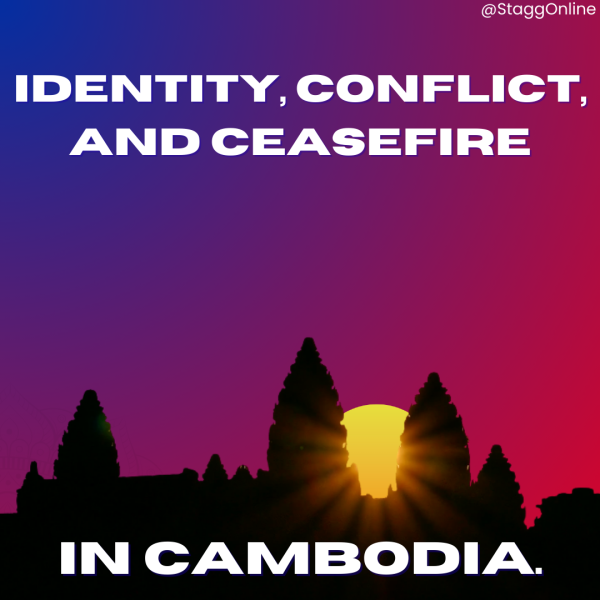Media causes panic among teens today
When a student threatened on Oct. 20 to open fire at school the next day, students fled for safety under the impression that their lives were truly in danger. No gunshots were ever fired, and, according to Principal Andre Phillips, no one was ever in danger. Yet 322 students stayed home Oct. 21. The day after, that number decreased to 83.
Many students found out about the situation through Twitter and some through a fake Instagram account under the name “angelflores22” with a post stating, “If you go to Stagg stay out of my way. The person who bullied me is going to pay.”
Flores, a senior, said he was “hurt” that people, even his friends, would believe that he would do something of that manner.
“The whole situation was a misunderstanding,” he said. He recalls the day the word spread and says that he never had any intention of hurting anyone. He said he was merely reading a meme and his words were taken too seriously.
Because Twitter reaches, according to the Pew Research website, 18 percent of the American population — more than 50 million people — it is a main source for news. But is it a reliable source, or do people remain in the dark about the facts and begin to believe the conspiracies, false accounts, and untrustworthy information, leaving them living in fear?
“The Internet (allows people to) blow things out of proportion,” senior Tyrell Snyder said. Snyder showed up to school because the rumors about Flores, whom Snyder knows fairly well, to him were just that. “The fake Instagram didn’t even have a profile picture,” he said. “I never believed it.”
Freshman Isis Rocha, who didn’t know who Angel Flores was, was one of the 322 who stayed home.” Social media gets in your mind,” she said. “Things have changed,” she said, referencing past school shootings.
“There was a 50/50 chance that something was going to happen.” She didn’t want to gamble her life, she said.
“Human beings are scared of what they don’t know about,” psychology teacher Ryan Berg said. When a person is uninformed and doesn’t research something like Ebola, he said, a person could become victim of baseless fear or even paranoia. Berg sees this as being the reason humans are afraid of death. “We don’t know what will happen after we die,” he said. This link between a lack of knowledge and fear can also explain things like prejudice, where people are afraid of something different because of a lack of exposure.
Fear escalates quickly in a group of people, potentially becoming “mass hysteria.” Because there are so many different contributors on social media sites, “People begin to feed off of each other’s fears,” Berg said.
This is what makes posts so believable, according to freshman Robin Brand. The infamous Illuminati video still “gets her going” in an anxious manner.
Associate Professor of Psychology Carolynn Kohn from University of the Pacific said with all of the new technology, anxiety is impossible to escape. “Most people find fear as being uncomfortable,” she said. “Even the tiniest organism will try to avoid anything they are afraid of.” When a situation is inescapable, anxiety continues to build, “wearing out” a person even more.
Brand agrees. She sees a way to rid this unrelenting anxiety. “People need to research instead of thinking about things that may happen,” she said. “Find out the truth.”
“AIDS caused a lot of fear when it first broke out. It’s still here in 2014 yet no one is afraid of it,” despite the fact that we have a higher chance of getting AIDS than Ebola, he said.
Fear is a necessary evil, in his opinion. “We can’t get rid of fear,” he said. “We need our fears to make us take chances,” and to know when not to. Rather than spreading the conspiracies, knowledge and facts are what the public should be feeding into, Berg said.
“I feel like the world shouldn’t be lied to,” Snyder said.





